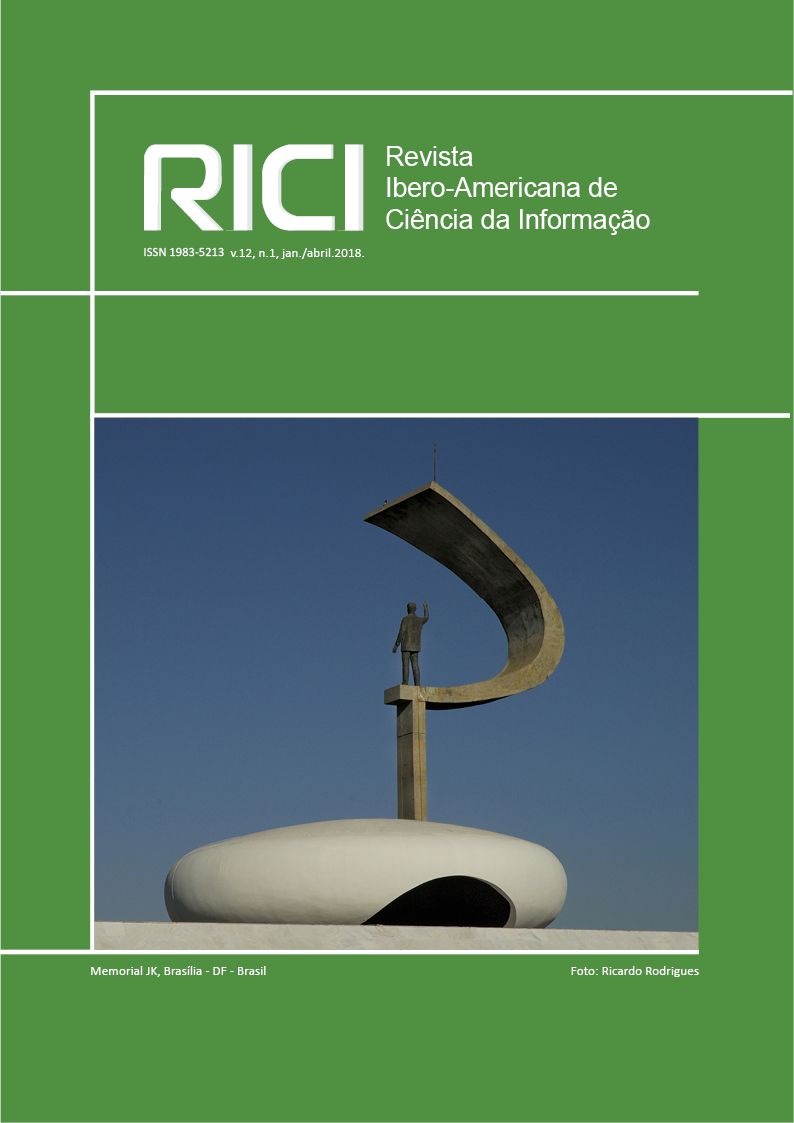Internet and the right to digital oblivion
DOI:
https://doi.org/10.26512/rici.v12.n1.2019.12649Keywords:
Right to be forgotten. Internet. Personal data. European Union.Abstract
The tracking of the individual is henceforth an unprecedented facet with participatory or collaborative sites such as blogs, discussion forums, video platforms and social networks. The exposure of personal data with the consent of the interested parties or not is also due to journalistic practices, with the advent of the electronic press. Based on these findings, the article discusses, from the perspective of Law, Communication and Archives, tensions and problems arising from the right of access to information and the right to privacy. It problematizes the issue of the right to be forgetten in its different dimensions and operational modalities in the digital world. It presents the French and European Union regulations and discusses some concrete examples. It concludes that the “Achilles tendon” of the internet remains the protection of personal data and that the vulnerability of the individual is aggravated by the viral dissemination of information on the network, highlighting the importance of self-regulation, the need for an information policy and clarification of Internet users, awareness campaigns and mechanisms for flagging violations. It also points to the need for a policy of security and processing of personal data, aiming in particular at the deadlines for online dissemination, indexing, referencing and file management.
Downloads
Downloads
Published
How to Cite
Issue
Section
License
Copyright Notice
Authors who publish in this journal agree to the following terms:
- Authors retain copyright and grant the journal right of first publication with the work simultaneously licensed under the Creative Commons Attribution License 4.0, allowing the sharing of work and recognition of the work of authorship and initial publication in this journal.
- Authors are able to take on additional contracts separately, non-exclusive distribution of the version of the paper published in this journal (ex.: distribute to an institutional repository or publish as a book), with an acknowledgment of its initial publication in this journal.
- Authors are permitted and encouraged to distribute their work online (eg.: in institutional repositories or on their website) at any point before or during the editorial process, as it can lead to productive exchanges, as well as increase the impact and citation the published work.
















